Publications
Share

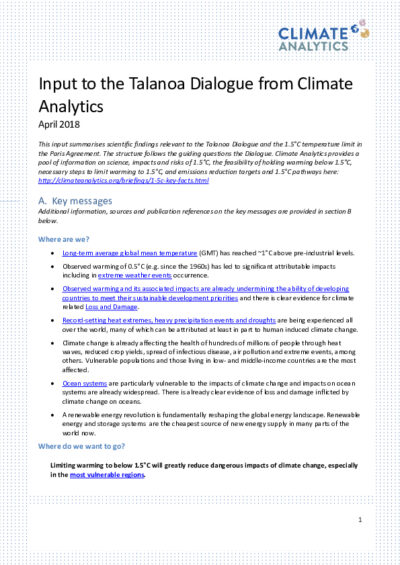
Working Papers
Climate Analytics’ submission to the Talanoa Dialogue summarises the latest scientific findings relating to the 1.5°C limit.
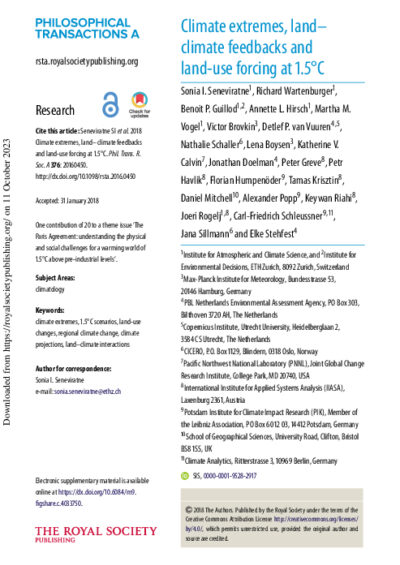
Peer-reviewed Papers
This article investigates projected changes in temperature and water cycle extremes at 1.5°C of global warming, and highlights the role of land processes and land-use changes (LUCs) for these projections. It is is part of the theme issue ‘The Paris Agreement: understanding the physical and social challenges for a warming world of 1.5°C above pre-industrial levels'.
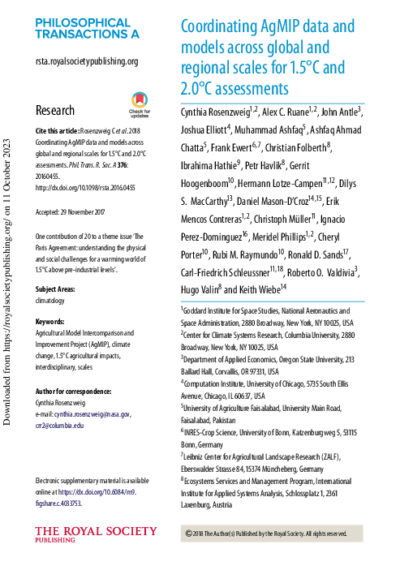
Peer-reviewed Papers
The Agricultural Model Intercomparison and Improvement Project (AgMIP) has developed novel methods for Coordinated Global and Regional Assessments (CGRA) of agriculture and food security in a changing world. The present study aims to perform a proof of concept of the CGRA to demonstrate advantages and challenges of the proposed framework.
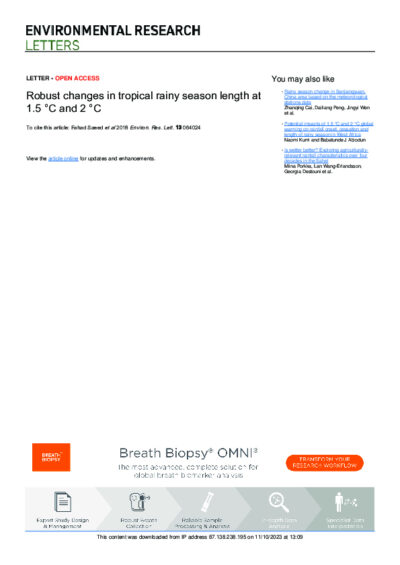
Peer-reviewed Papers
This article presents projections for changes in tropical rainy season lengths for levels of global mean temperature increase of 1.5°C and 2°C above pre-industrial levels.
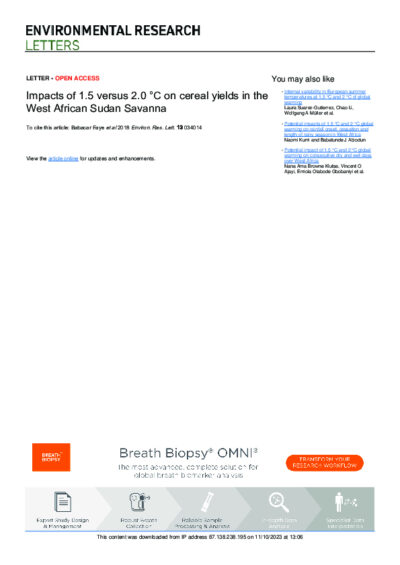
Peer-reviewed Papers
This study considers the impact on crop yields and yield variability in regions currently challenged by food insecurity in the West African Sudan Savanna.

Peer-reviewed Papers
Sea-level rise is a major consequence of climate change that will continue long after emissions of greenhouse gases have stopped. The 2015 Paris Agreement aims at reducing climate-related risks by reducing greenhouse gas emissions to net zero and limiting global-mean temperature increase. This study quantifies the effect of these constraints on global sea-level rise until 2300, including Antarctic ice-sheet instabilities.